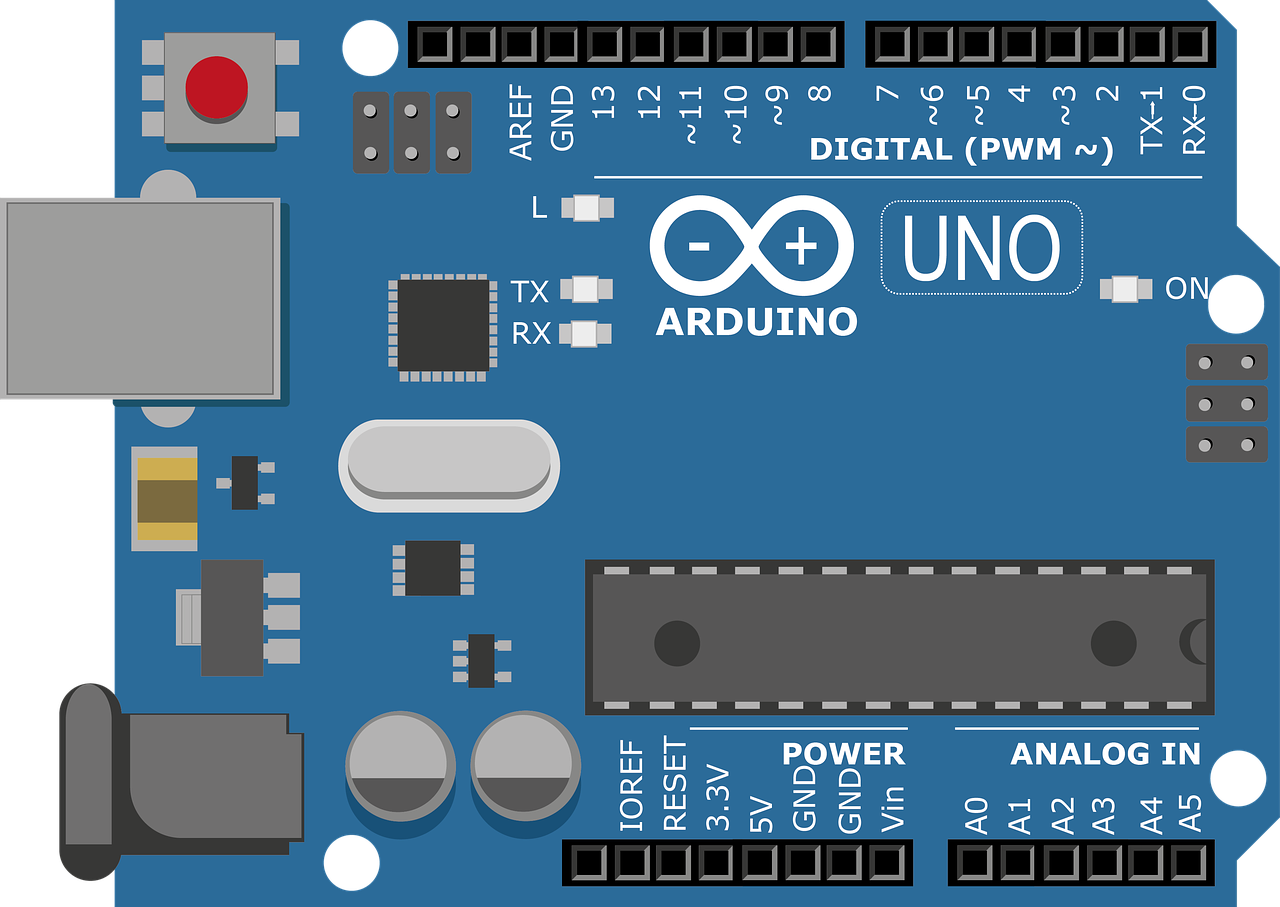IoT or the internet of things
The IoT and miniaturization
Our computer, laptop, tablet and smartphone are not the only devices in our environment that collect data about each of us. There are also other manifestations that, for convenience, are also referred to as "computers," but do not essentially quite fit the definition above. A microcontroller is such a "computer." One uses a microcontroller or microprocessor to control electronic devices.

Many modern devices contain such a microcontroller: a microwave oven, a car, a washing machine, some phones... They often contain sensors that collect data from their environment. Often they can be controlled via the Internet (i.e., remotely).
Embedded systems and microcontrollers are on a veritable conquest. You may have heard the term "internet of things" mentioned before. Roughly speaking, this means that gradually every household appliance, as well as cars, surveillance cameras and home automation systems have such embedded systems on board. When you connect all these things to the Internet, you get a comprehensive network of digitally connected devices: the Internet of Things (IoT). We won't ask here for a moment about the privacy and ethics implications and dangers.
In short, embedded systems and microcontrollers are here to stay in the world of today and tomorrow.
Embedded systems offer numerous advantagescompared to a "computer."
- The processing is done in real time (just imagine if your car were running on Windows),
- fast
- and consumes very little energy.
- An embedded system is also much cheaper.
The disadvantageis that the functionality is very limited. For example, you can't install a word processor in your refrigerator or video editing software in your car.